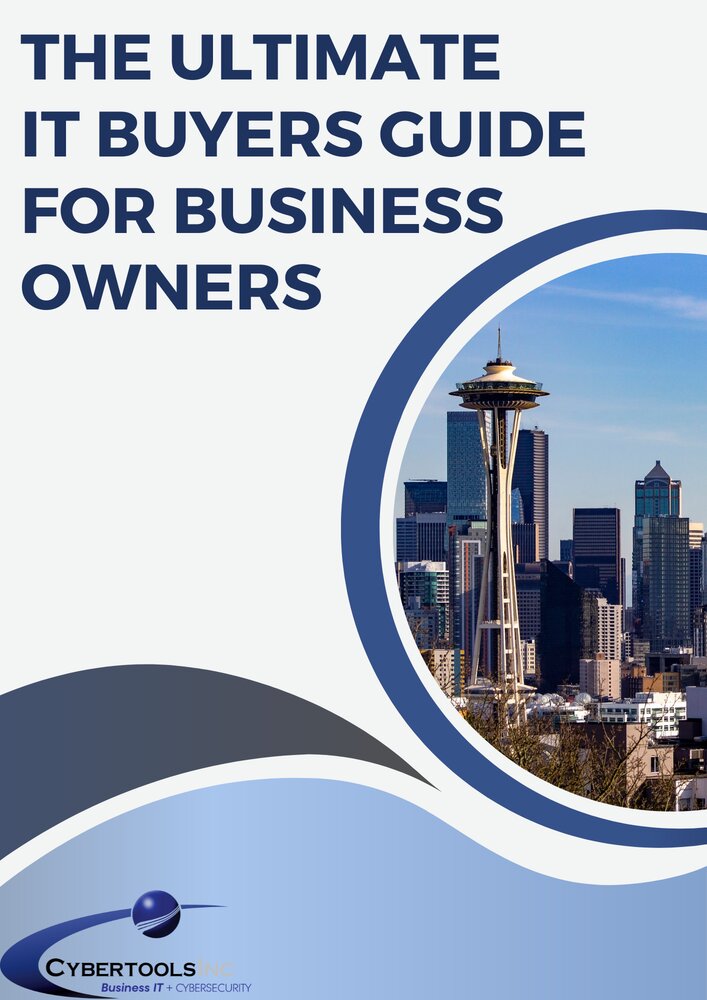 Co-managed IT, also called Co-MIT, is when an outsourced IT company offers a customized set of ongoing IT services, support, and or tools to companies with an internal IT department. The goal is for the outsourced IT company to help “co-manage” aspects of the business’s IT strategy.
Co-managed IT, also called Co-MIT, is when an outsourced IT company offers a customized set of ongoing IT services, support, and or tools to companies with an internal IT department. The goal is for the outsourced IT company to help “co-manage” aspects of the business’s IT strategy.
With the labor shortage raging, the sophistication of cyber-attacks escalating, and IT professionals in short supply (and coming at a high cost) many mid-market CEOs and CFOs are turning to co-managed IT solutions.
This arrangement gives you the benefits of industry leading cybersecurity and CIO technology services to enhance your current IT staff. But how do you know when this solution is right for your business?
Pros of Co-Managed IT
- Shared Responsibility: With co-managed IT, the external IT service provider shares responsibility for the management and maintenance of the business's IT infrastructure with the in-house IT team. This shared responsibility allows for a collaborative approach to IT management, where the strengths of both teams can be leveraged to achieve better results.
- Flexibility: Co-managed IT allows businesses to be flexible with their IT management needs. Businesses can work with an external IT service provider to fill in gaps in their in-house IT team's expertise, supplement their team during periods of high demand, or when they need to focus on specific projects. When your IT staff is sick, on maternity leave, or vacation, you always have a backup.
- Cost Savings: Depending on the business size and needs, co-managed IT can be more cost-effective than relying solely on an in-house IT team or outsourcing all IT functions to an external IT services provider. By leveraging the expertise of an external IT services provider, businesses can reduce the cost of hiring and training additional in-house IT staff. With the demands of cyber liability policies and compliance quickly increasing the IT budget of every business, CEOs and CFOs are finding that hiring an outsourced IT provider allows them to get the tools they need to manage compliance and cybersecurity at a fraction of the cost.
- Access to Expertise: Working with an external IT services provider through co-managed IT provides access to a wider range of expertise and knowledge. The external IT services provider brings a wealth of experience, as it typically has a larger staff that brings different areas of expertise. They can usually offer in-depth guidance and advice on the latest technological trends and best practices. As cybercrime continues to evolve, so must the skill set of the individuals managing your cybersecurity strategy. The internal IT department often finds it challenging to stay updated on new cybersecurity measures required to combat evolving threats due to their heavy focus on delivering help desk services, managing projects, and handling employee turnover.
Cons of Co-Managed IT
- Communication: Co-managed IT can sometimes lead to communication challenges between the in-house IT team and the external IT services provider. Effective communication and collaboration are critical for the success of co-managed IT, and businesses need to have clear communication channels in place to ensure that both teams are aligned and working towards the same goals.
- Coordination: Co-managed IT requires careful coordination and planning to ensure that the in-house IT team and the external IT services provider are working together effectively. If coordination is lacking, there can be overlaps in responsibilities, or important tasks may fall through the cracks. Ensuring there are clear edges to the responsibilities of both parties helps combat this problem.
- Security Risks: Co-managed IT can also introduce security risks, especially if the external IT services provider is not properly vetted or managed. Businesses need to ensure that their external IT services provider has strong security protocols in place and is fully committed to protecting the business's IT infrastructure and sensitive data. Checking references, having an agreement in place, and ensuring the external provider has cyber liability insurance is a good idea.
Co-managed IT is a viable option for businesses that need additional IT support and expertise but want to maintain some control over their IT operations. It offers the flexibility and cost savings of outsourcing, while still allowing the in-house IT team to play a significant role in managing the IT infrastructure. With planning and communication, this can be a very successful business strategy to combat some of the challenges businesses are facing in managing their IT.








